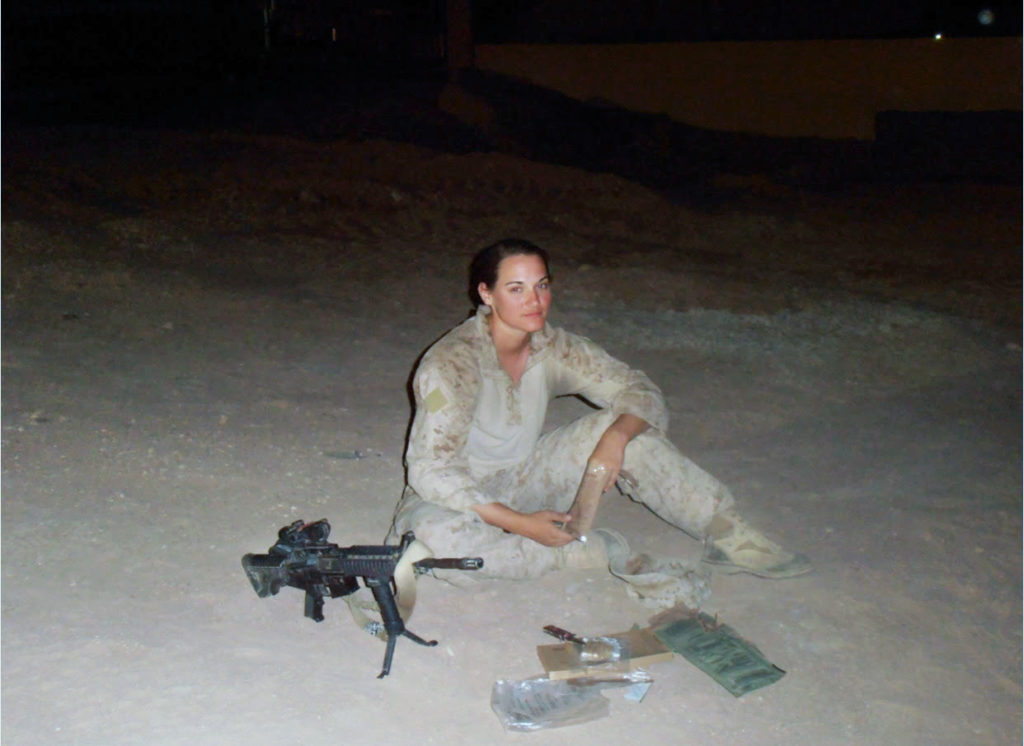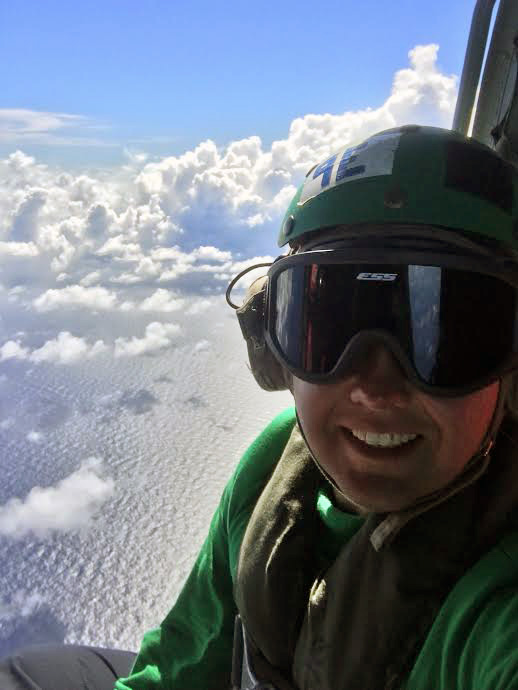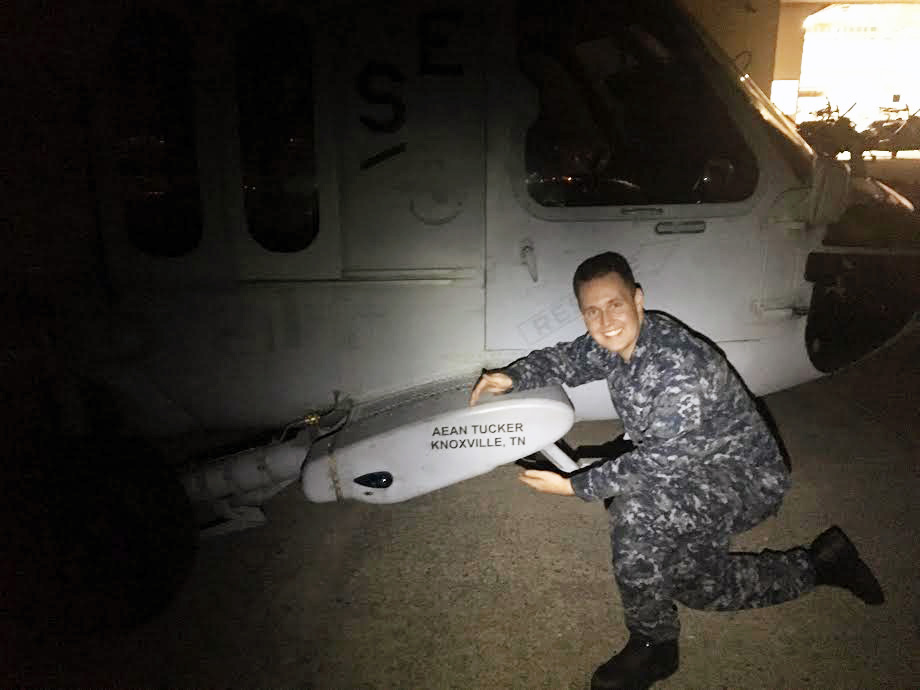Military and Maryville College have continuing history
The history of Maryville College would be incomplete if it didn’t include the military tradition of answering the call when the nation needed us.
The college was less than 50 years old when the call to arms was heard, not to fight a foreign aggressor, but to fight in the American Civil War. Maryville College students, staff and faculty members quickly joined both the Union and Confederate armies.
On April 22, 1861, the president of Maryville College, Dr. John Joseph Robinson, conducted a final chapel service and announced the closing of the college “on account of a state of armed hostilities in the country.” These were dark days in both our nation and school’s history.

Courtesy of Kristie Maples
Dr. Robbins himself served as a chaplain in the Confederate army. When the war came to Maryville, the city and the college were left in ruins, but both Maryville and the college rebuilt stronger than ever.
When the Maryville College reopened on Sept. 5, 1866, the student body included veterans and has ever since. In 1867, the college began enrolling women and African American students as well.
In 1906, Maryville College chartered a military club similar to the Reserve Officer Training Corps (ROTC) found on many college campuses today. They focused on marching drills, ceremonies, field maneuvers, bayonet training, marksmanship and other military training based on current Army guidelines.

Courtesy of Coby Tucker
It was not designed to train soldiers but adapted to the role as armed hostilities began to engulf the world. Many served in the war to end all wars, and some did not return.
This world war was not the last, and soon another generation of Maryville College alumnus were called to serve. Hundreds, including a growing number of women, served and sacrificed to end the hostilities and work for peace.
The alumni served again by raising the funds to pay for one of the 5,500 victory ships that ferried men and supplies to the war zones. The ship “Maryville Victory” included, among other things, a library for the troops. The Liberty and Victory ships served the nation well in war and peace.
After the war, the G.I. Bill changed colleges forever, and thousands of service members took advantage of the opportunity for a liberal arts education following WWII.

Courtesy of Coby Tucker
Less than five years later, war broke out on the Korean peninsula when North Koreans, supported by China, invaded our allies in South Korea. America joined the war in 1950 and many soldiers, including staff members at Maryville College, were drafted into service.
The Korean War had barely ended when we found ourselves entangled in the Vietnam War. America was growing weary of violence and returning service members, most of whom were drafted, were easy targets for anger and frustration. Though it was not a popular war, the college supported the troops.
Today, more than 60 students at Maryville College are veterans, having served in Operations Desert Storm, Iraq, Afghanistan, Bosnia, and in special operations across the globe. They are members of a demographic that is less than one percent of America’s population.
They add tremendous value to the classroom. Their global experience, training, leadership skills, discipline, focus, and ability to work under extreme pressure sets them up for success. Veterans can add real-life experience to course discussions such as military issues and policy impacts. By offering veterans a chance to share their experiences, Maryville College further exposes students to different perspectives.
The college continues to support and actively enroll veterans. The administration supports the Post 911 G.I. Bill, the Yellow Ribbon Program, and other programs that make attendance to MC possible for veterans and their families.
These are just some of the reasons Maryville College has been listed as veteran friendly four years in a row. In fact, Maryville College recently earned “Best for Veterans” in the U.S. News & World Report’s “2020 “Best Colleges” guidebook within the “Best Regional Colleges, South” category. MC continues to expand its support of the Student Veterans Association and Military Student Center’s involvement on campus and within the community. The veterans on campus embody Isaac Anderson’s ideal of “doing good on the largest possible scale.” They represent a portion of our community that make Maryville College “noble, grand and true.”

